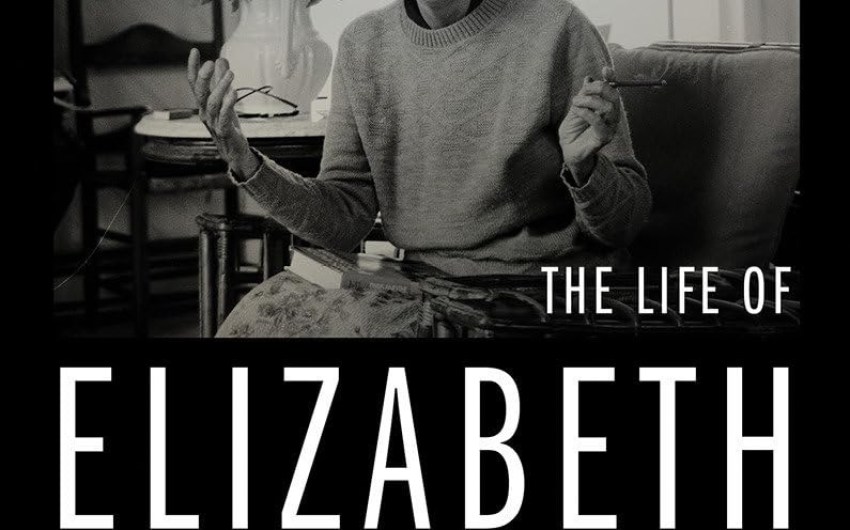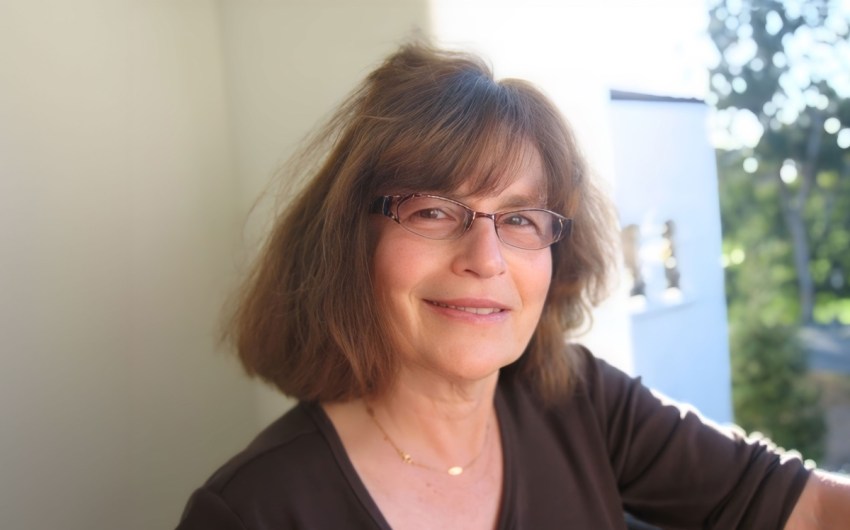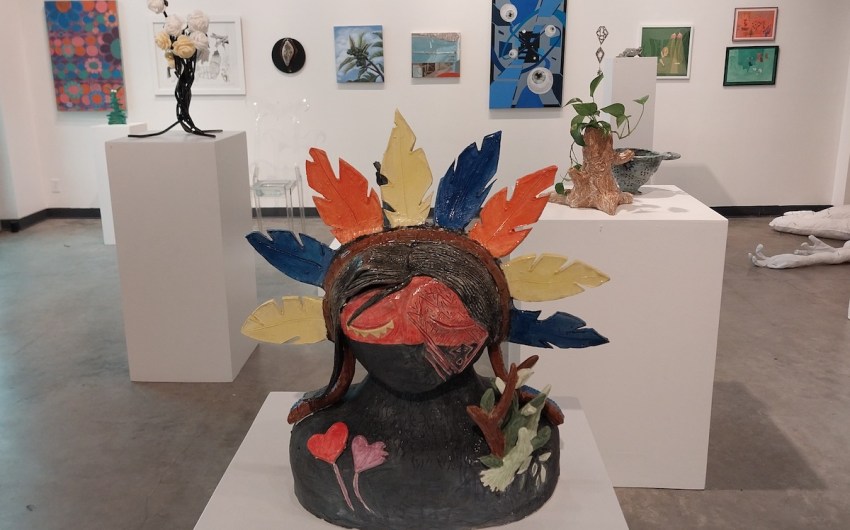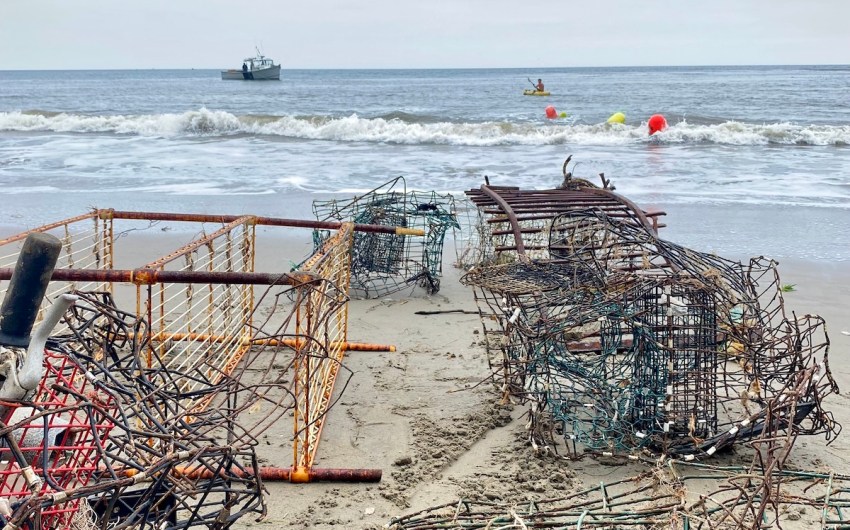Book Review | ‘Nothing Stays Put: The Life and Poetry of Amy Clampitt’ by Willard Spiegelman & ‘Jane Kenyon: The Making of a Poet’ by Dana Greene
Some Poetic Biographies for National Poetry Month

Some striking similarities emerge between the subjects of Willard Spiegelman’s Nothing Stays Put: The Life and Poetry of Amy Clampitt and Dana Greene’s Jane Kenyon: The Making of a Poet. Both Clampitt and Kenyon were white women from the Midwest (Clampitt from Iowa, Kenyon from Michigan) who moved to the East Coast (New York City and New Hampshire) for their adult lives. Clampitt died in September of 1994, while Kenyon passed away the following April. Clampitt published her breakout collection, Kingfisher, in 1983, while Kenyon’s second, but first widely praised volume, The Boat of Quiet Hours, was published in 1986. For about a decade, both were celebrated as genuine American originals, with special acclaim given to their keen insight into the natural world. Each new magazine appearance and book publication was an occasion for gratitude among certain readers of poetry (myself included).
In other ways, though, their poetry and lives couldn’t be more unlike. Clampitt’s first full-length collection wasn’t published until she was 63 years old, while Jane Kenyon died from leukemia at the age of 47. Mary Oliver wrote of Clampitt’s verse: “The bounty is large. Few poets have a more dazzling verbal gift. She displays an almost frenzied delight in details; an outpouring of images and adjective-bliss illuminates each page.” However, Oliver hedges her praise with a frequent criticism of Clampitt’s shortcomings: her “vigor is precisely her peril. The poems can, and sometimes do, evaporate in a surfeit of sweetness and a lack of arrival.” Dennis Driscoll echoes Oliver’s sentiments, writing that Clampitt is “immensely talented” yet “overwrought and fussy.” Kenyon, by contrast is a poet, to quote Wendell Berry, of “quietness, gentleness, compassion, elegance and clarity”; he lauds her “awareness of mystery” and “her almost severe good sense.”
Their lives, too, differed markedly. Clampitt spent much of hers as a single woman earning a living in the big city — as a secretary, a librarian, a freelance editor. “During these years,” Spiegelman writes in a section entitled “Obscurity,” “Clampitt the would-be novelist was simultaneously working hard and flailing without purpose.” Obscure though she might have been, Clampitt was a diligent writer and diarist, and her equally diligent biographer provides us with all the details. We learn, for instance, that in August of 1962, Clampitt took a camping trip out west with her friend Doris and Doris’s fiancé, “she as a bridesmaid and duenna to the chaste young couple, and all three of them camping out in city parks; tucking sagebrush for fragrance into their pillows at Amy’s suggestion; freezing one night in Colorado, and configured as spoons in the sleeping bags with Doris in between her friend and boyfriend; picnicking during a dust storm in Nevada.” There is a lot of information of this sort in Nothing Stays Put, not all of it directly germane to Clampitt’s poetry, and it can feel like an awfully long time before we reach page 199 and “Fame.”
By comparison, in The Making of a Poet, Kenyon’s life zooms by. Whereas Clampitt was loquacious about her youth (“riding in a sleigh … an evening of bobsledding on a steep hill”), Greene states that “Jane Kenyon disclosed few memories of her childhood.” Indeed, Greene covers Kenyon’s presumably important middle-school years in an introductory clause: “After completing Forsythe Junior High School at fourteen, Kenyon entered Ann Arbor high School on Stadium Boulevard.” Other major life events zip past in a few pages, though Greene’s concision can serve her subject well, as in the chapter titled, “The Poet Laureate of Depression.” Overall, restless Amy Clampitt seems very little like Jane Kenyon, a lifelong “advocate for the inner life,” whose adulthood was centered around Eagle Pond Farm, her husband Donald Hall’s family home (which he purchased with proceeds from a composition textbook), and rural Wilmot, where the farm was located. Making a living as a poet was not an issue. Kenyon volunteered in the community, but Hall “financially supported her as she developed her craft.”
The upshot of the difference in source material — Spiegelman having so much; Greene, in important areas, so little — is that Nothing Stays Put should probably be shorter while Jane Kenyon could certainly have been longer. That said, it is a gift to have these two books in the world. A recent Washington Post article indicated that nearly half of all Americans read no books at all last year. Only a third read even five books. If those who read volumes of poetry are a very minor subset of this overall group, then the percentage of people who read biographies of late-20th-century American poets must be vanishingly small. Kudos, therefore, not only to Willard Spiegelman and Dana Greene, but also to Knopf (Clampitt’s publisher) and the University of Illinois Press for helping to keep alive the memories of these two important poets.
This review originally appeared in the California Review of Books.













